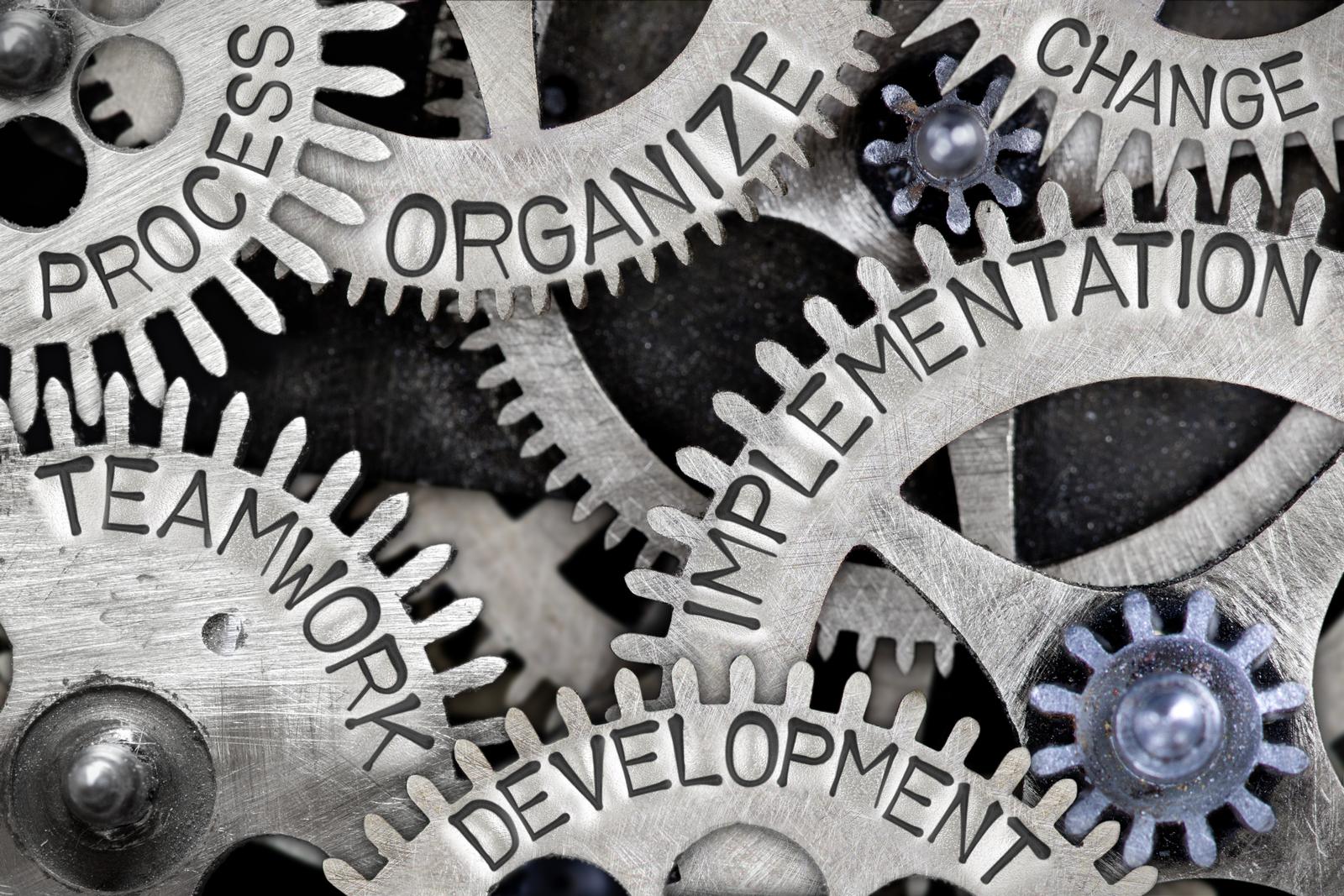Continuous improvement is often considered making services, products and processes more robust as well as adding more of them to the mix. Improvement, however, can also mean simplification – particularly in situations where systems, processes, etc. are becoming heavy, slow and cumbersome. What if you were to apply your existing continuous-improvement methods to a goal of simplification? If you did less, then could you achieve more?
Continuous Improvement = Continuous Change
Businesses aren’t static, they are living entities that exist within a fluid environment. One company is often more successful than another, because of how well it responds and adapts to its environment. Any good continuous-improvement process is built on the premise that a company and its products and processes must continuously evolve for the company to survive and thrive. Companies that seek change opportunities and approach them strategically achieve much better long-term success than companies that build systems, process, etc. once and assume they will operate forever. At the surface, this may seem almost a silly statement – of course, nothing lasts forever and, of course, everything must change. If you take a moment to look at your company’s behaviors, processes, and attitudes, however, then you may find a very static mentality. The first step of continuous improvement is recognizing change is healthy and necessary.
Adapting Your Continuous-Improvement Approach to the Lifecycle of a Product or Process
Most academics and business professionals typically describe a continuous-improvement process as some form of a circular diagram – an iterative lifecycle of invention, operations, and refinement. While the basic construct is fine as a framework, the simple continuous-improvement-cycle model doesn’t explain the important ways continuous improvement must change based on the maturity/lifecycle of the product or process being improved.
Early Stage
A new product or process is expected to have some weaknesses and deficiencies and require improvement when it initially launches. During early lifecycle stages, continuous-improvement efforts will be focused on filling gaps and polishing the sharp edges of the initial offering, so it satisfies the originally intended purpose for which the product or process was designed. The goal is for the product or process to “do more.”
Middle Stage
Once a product or process reaches a level of normalization, it will have most of the features and functions it needs, and the continuous-improvement opportunities will shift to driving efficiency and profitability. This is when most companies make the mistake of continuing to add to the product or process when they should be starting to look for simplification opportunities. The goal during this stage is for the product or process to “do the same at a lower cost.”
Late Stage
After a period of normalization, all products and processes will enter a period of maturity, and then start to decline in performance. Continuous-improvement activities should focus on removing what isn’t needed and adding what is needed. The next part is easy and comes naturally, but adding new features to an old process or product won’t provide the impact you need unless you also simplify and remove what has lost its usefulness. The goal at this stage of the product or process lifecycle is to “do something different.”
Simplify, Simplify, Simplify!
Don’t assume continuous improvement should always mean adding features to your processes and products. Yes, early in a lifecycle, additions might address defects in the initial implementation. Once a product or process reaches a reasonable level of maturity, however, consider shifting your continuous-improvement strategy to simplification. Look for what is diminishing the quality and/or value of the product or process and the features people don’t use. By removing the “excess baggage,” you will have a much leaner and simpler product or process that can operate more efficiently and profitably. Without excess baggage, these processes and products will also be better prepared for the later stages of their lifecycle when changes are necessary to help them adapt to evolving customer and business needs.
Kepner-Tregoe is an industry leader in problem solving and continuous-improvement methodologies. For more than 60 years, the experts at KT have been providing training, consulting and mentoring to leading companies and organizations around the globe – helping them respond to problems and put the processes and mindsets in place to prepare for the future.



